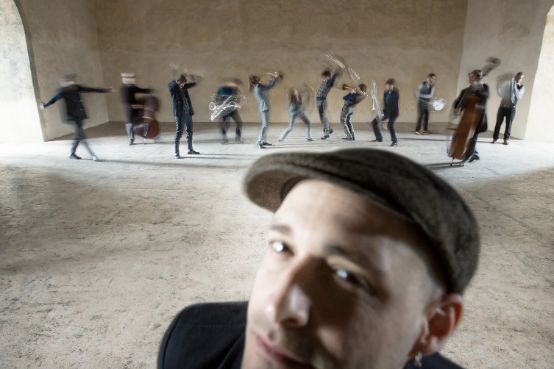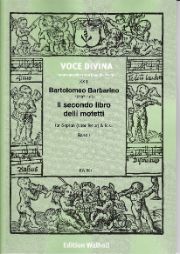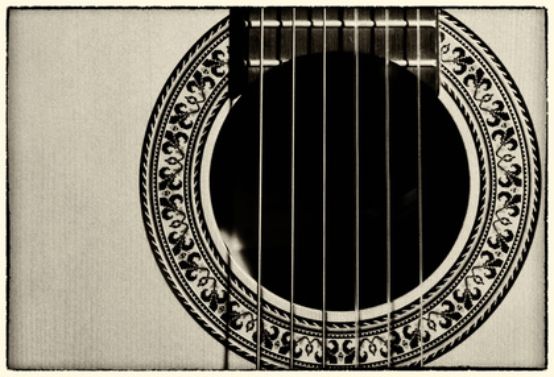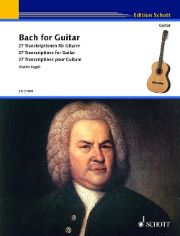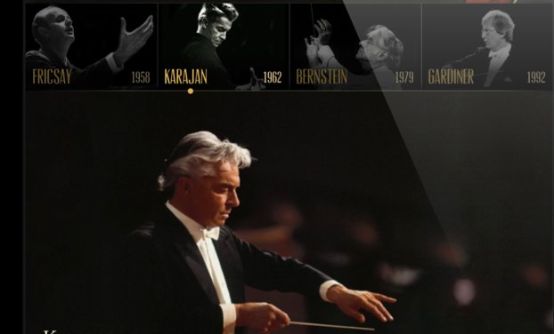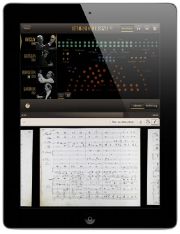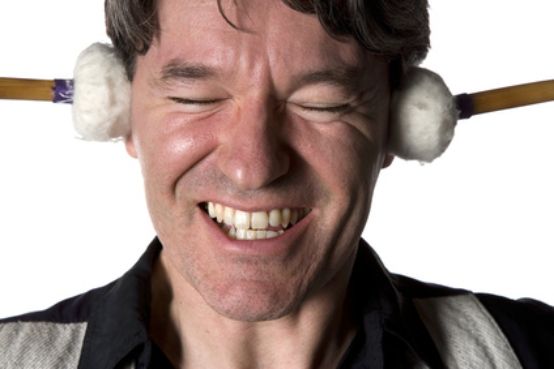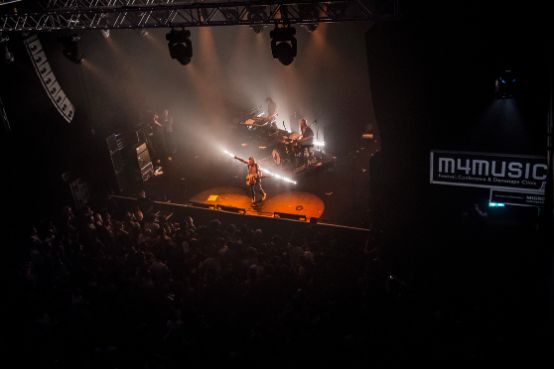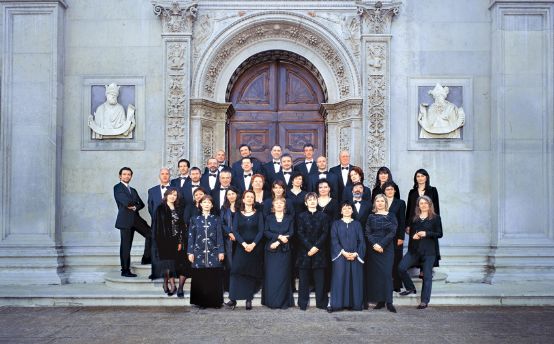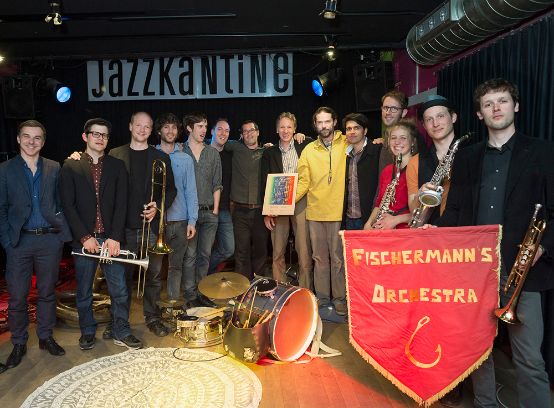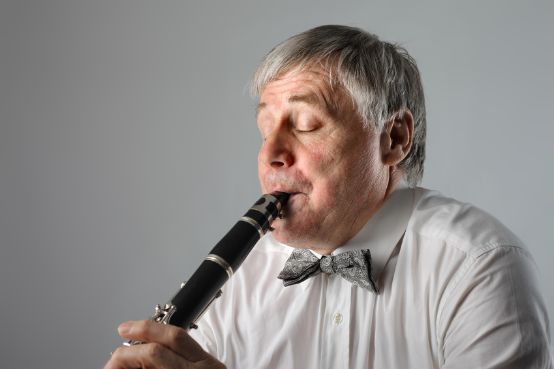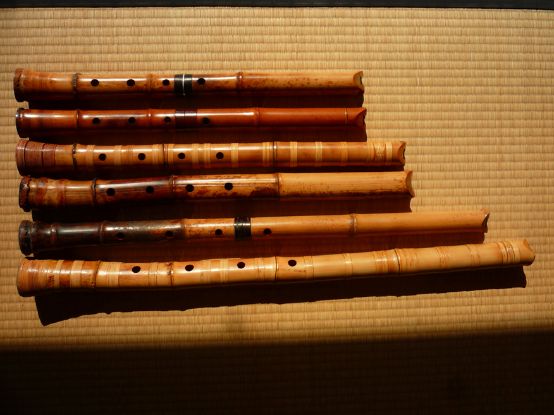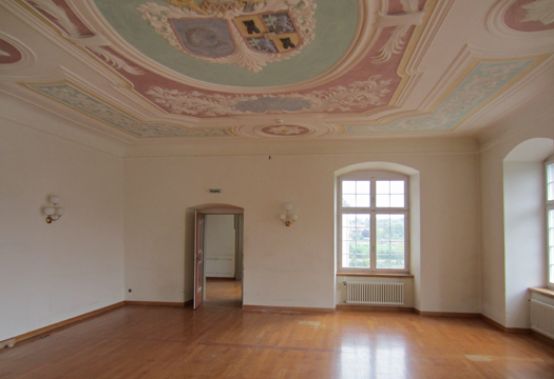In view of the steady decline in income from recordings, the live business has become increasingly important for musicians. But no Swiss pop musician can make a living from concerts at home. Consequently, two panels at M4Music discussed whether Berlin could become a springboard for an international career.
Berlin has a pull effect, as Katja Lucker, Berlin's music commissioner, knows. The North German is also a newcomer. "Berlin is an incredibly diverse city where you can still live at prices that are okay," said Lucker in the introductory talk to the m4music panel Berlin - The new Swiss music capital?
Ueli Häfliger, Head of Music at FluxFM, explained that many years ago he had planned to become head of music at a Berlin radio station. "I emigrated for this dream." Even if that meant keeping his head above water with part-time jobs over a long period of time. And what did it take for him to realize his ambition? "A lot of drive," says the man from central Switzerland.
Tobias Jundt, singer of the Bonaparte collective, also praised the advantages of the German capital: "You can be internationally active in Berlin without ever leaving the city." But of course you have to make an effort to find your place in the metropolis. Jundt's method: he roamed Berlin in search of a place that appealed to him. No sooner said than done - and spontaneously rang the doorbell of his favorite house. And with success: the man from Bern was given a tenancy agreement.
Unlike Tobias Jundt, Eveline Fink, DJ and co-founder of Enough Music, is not yet able to make a living from her music business activities. "I was gripped by the lightness of the city," she enthuses, but also admits that at the beginning of her time in Berlin she had a lot of trouble with the harsh tone of the locals. "It's nice to know that Berlin can be pretty ugly," added Tobias Jundt.
Jazz musician Stefan Rusconi gave a very simple reason for his move to Berlin: "I didn't like it in Zurich anymore." That's why he now lives in the German capital, goes for walks a lot - for inspiration - and has set up his own studio. But not everyone finds it so - relatively - easy. Katja Lucker also emphasized: "Berlin is not least a stage for failure." Many come to the city, but only very few succeed.
New export strategies
Shortly before the internationally renowned music manager Tim Renner became State Secretary for Cultural Affairs in Berlin, he took part in several panel discussions on topics such as Export strategies for indie labels, artist management and DIY bands. As a representative of the jury that awarded the prize for label promotion by Migros Culture Percentage, Renner said: "A label should always have a clearly recognizable identity." In addition, the jury paid attention to whether a label's work reflected the change in the media and whether something like an export strategy was recognizable.
Oliver Jmfeld from YES Music, DJ Bobo's manager since 1989, talked about the beginnings of his company and how he and his client initially sailed under the British music flag. "Then as now, nobody waits for a band or a label from Switzerland." Ten years ago, DJ Bobo would have generated 70% of his turnover via sound carriers, but today this would only account for 10%. "The rest is made up of concert income, the DJ Bobo brand and ancillary business."
When asked by moderator Jean Zuber, Managing Director of Swiss Music Export, what young labels need to offer in order to assert themselves on the market, both Jmfeld and René Renner, Director of Metropolis Artist Management, said: "They need to have a lot of staying power."
The 18th M4Music will take place from March 26 to 28, 2015.
www.m4music.ch
The first part of the report on m4music by Markus Ganz was published in the Swiss Music Newspaper 5/2014, as well as his commentary on copyright law.







